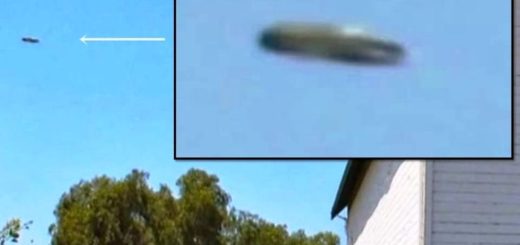Astronomers Observe ‘Newborns’ As They Appeared Nearly 13 Billion Years Ago
While looking back to a time soon after the Big Bang, astronomers have now been able to observ ‘newborns’ – early galaxies as they appeared nearly 13 billion years ago – spun like a whirlpool, similar to our own Milky Way, a new study shows.

An image of the nearby galaxy Messier 81, created with data from NASA’s Spitzer Space Telescope.
Image Credit: NASA/JPL-Caltech/K. Gordon (University of Arizona) & S. Willner (Harvard-Smithsonian Center for Astrophysics
The research was based on observations of two small newborn galaxies, as they existed just 800 million years after the Big Bang, using ALMA (Atacama Large Millimeter/submillimeter Array. ALMA is fully capable to identify normal star-forming galaxies at a very early stage in cosmic history.
“In the early Universe, gravity caused gas to flow rapidly into the galaxies, stirring them up and forming lots of new stars – violent supernova explosions from these stars also made the gas turbulent,” said Renske Smit from the Kavli Institute of Cosmology at the University of Cambridge.
“We expected that young galaxies would be dynamically ‘messy’, due to the havoc caused by exploding young stars, but these mini-galaxies show the ability to retain order and appear well regulated. Despite their small size, they are already rapidly growing to become one of the ‘adult’ galaxies like we live in today.”
Researchers analyzed the spectral ‘fingerprint’ of the far-infrared light collected by ALMA, they were able to establish the distance to the galaxies and, for the first time, see the internal motion of the gas that fueled their growth.
“Until ALMA, we’ve never been able to see the formation of galaxies in such detail, and we’ve never been able to measure the movement of gas in galaxies so early in the Universe’s history,” said co-author Stefano Carniani, from the University of Cambridge.
The researchers found that the gas in these newborn galaxies swirled and rotated in a whirlpool motion, similar to our own galaxy and other, more mature galaxies much later in the Universe’s history.
Despite their relatively small size – about five times smaller than the Milky Way – these galaxies were forming stars at a higher rate than other young galaxies, but the researchers were surprised to discover that the galaxies were not as chaotic as expected.
The results are reported in the journal Nature, and will be presented at the 231st meeting of the American Astronomical Society.



 Creators of mankind
Creators of mankind Description of “Tall white aliens”
Description of “Tall white aliens” Where they came from?
Where they came from? About hostile civilizations
About hostile civilizations The war for the Earth
The war for the Earth “Tall white aliens” about eternal life
“Tall white aliens” about eternal life Video: “Nordic aliens”
Video: “Nordic aliens” Aliens
Aliens Alien encounters
Alien encounters The aliens base
The aliens base UFO
UFO Technology UFO
Technology UFO Underground civilization
Underground civilization Ancient alien artifacts
Ancient alien artifacts Military and UFO
Military and UFO Mysteries and hypotheses
Mysteries and hypotheses Scientific facts
Scientific facts


















